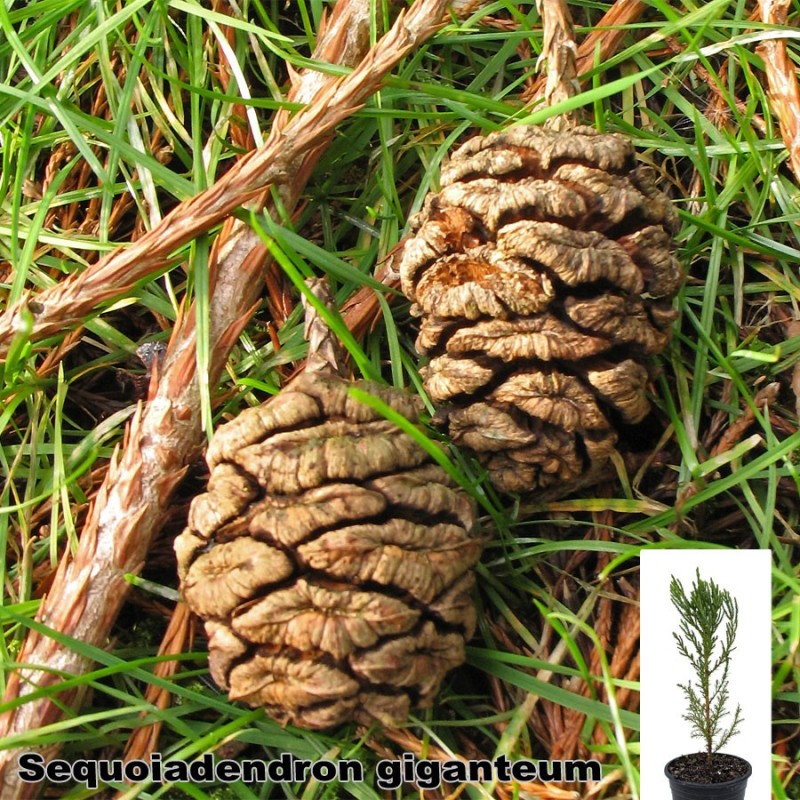Sequoiadendron giganteum (also known as the giant sequoia, giant redwood, Sierra redwood or Wellingtonia) is a species of coniferous tree, classified in the family Cupressaceae in the subfamily Sequoioideae. Giant sequoia specimens are the largest trees on Earth. They are native to the groves on the western slopes of the Sierra Nevada mountain range of California but have been introduced, planted, and grown around the world. The giant sequoia is listed as an endangered species by the IUCN with fewer than 80,000 remaining in its native California. The giant sequoia grow to an average height of 50–85 m (164–279 ft) with trunk diameters ranging from 6–8 m (20–26 ft). Record trees have been measured at 94.8 m (311 ft) tall. The specimen known to have the greatest diameter at breast height is the General Grant tree at 8.8 m (28.9 ft). Giant sequoias are among the oldest living organisms on Earth. The oldest known giant sequoia is 3,200–3,266 years old. Wood from mature giant sequoias is fibrous and brittle; trees would often shatter after they were felled. The wood is unsuitable for construction and instead is used for fence posts or match sticks. The giant sequoia is a very popular ornamental tree in many parts of the world.

